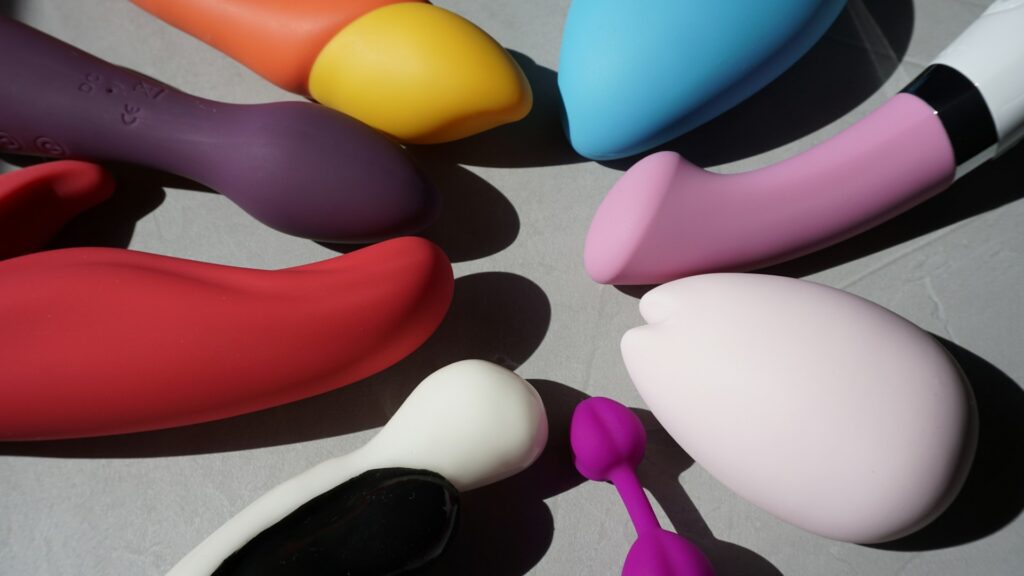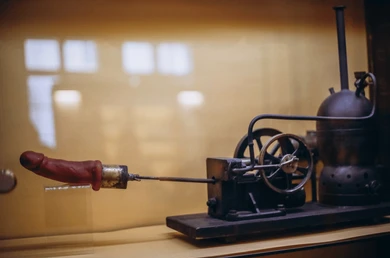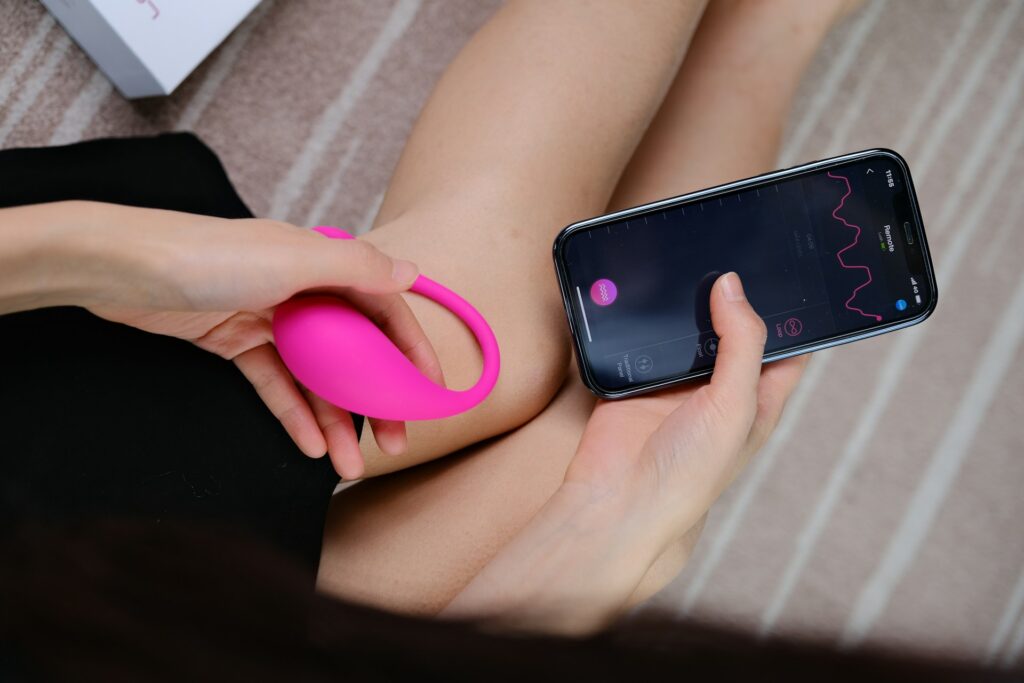
- Sex toys have been around for 30,000 years, primarily represented by stone and metal dildos.
- Over time, inclusion, representation, and sexual openness in our society have helped sex toys evolve.
- Discover how sex toy materials have changed over the years and why sex toys today are safer than ever before.
The Right Sex Toy Materials
Sex toys have been around for thousands of years. While 30,000 years ago, our ancestors may have been using dildos made of stone, today’s sex toy materials are designed for comfort, safety, versatility, and beauty. So how have sex toys evolved over the years? Let’s take a look at where they started and how we’ve gotten to silicone for sex toys. Follow along as we explore how unique sex toys transitioned from shameful to empowering with VSekreets.
Ancient Sex Toys
Ancient sex toys pretty much began and ended with the dildo as the main female sex toy. There wasn’t a ton of creativity (or technology) among ancient people, so from Asia to the Americas, the general shapes and sizes were fairly cohesive. However, since silicone for sex toys didn’t exist yet, the materials used varied widely. Some cultures used smoothed rocks and stones, others used metals like bronze, and in Ancient Greece, many people even used bread to make a dildo.
Early 20th Century

In the early 20th century, sex toys continued to be rudimentary. The main focus was on functionality, so aesthetic appeal, discretion, and safety fell by the wayside. Some of the key characteristics of these early products included medical-style devices with minimal thought to ergonomics and limited availability due to sexual taboos. Most sex toy materials were either rubber or hard plastic, as these were cheap and available at the time.
Even those sex-related objects that were marketed as medical devices for stress, depression, and hysteria did not use silicone for sex toys like we do today. These devices, like clit massagers, were designed to be used by a doctor or nurse to relieve a woman’s “distress” as quickly as possible without regard to her safety or comfort.
Mid-20th Century
Around the mid-20th century, society started to open up the conversation around sex and sexuality, leading to a gradual shift in the availability and design of adult toys. Some major milestones in this era include the post-war rise in consumerism that resulted in more discreet packaging and the rise of specialty shops, a revolution among pop culture icons in the 60s and 70s that championed greater acceptance for sex toys in mainstream media, and an upgrade in materials that greatly enhanced product comfort and safety.
Silicone for sex toys made its first appearance as a durable alternative to hard plastics and other materials. Silicone became commercially available for women’s and men’s sex toys in the 1940s, but it wasn’t until the 60s that silicone for sex toys became popular. Silicone lube for silicone toys, on the other hand, has been available since 1904, when it was primarily used as a surgical lubricant. In 1917, it began being marketed as a personal lubricant, and by the 1980s, silicone lube for silicone toys was the mainstream choice, regardless of the damage it can do to toys over the long term.
The Late 20th Century
As we creep closer to the modern age, we start to see the sex toy industry prioritize more than just functionality. While this shift started in the early 1980s with the bright colors that became available with silicone for sex toys, aesthetics, ergonomics, and inclusivity didn’t see a ton of attention until the 90s.
As products transitioned to become more user-centric, toy shapes began to evolve to include every anatomy and preference. Bright colors and sleek shapes became more popular, while sex toy retailers appeared more frequently in shopping malls and online. There were also many technological advances in the late 20th century, including:
- Luxury sex toys with rechargeable options
- Adult toys for couples of any gender combination
- Different types of lube for each sex toy material
The 21st Century

While automated sex toys were available as early as the Victorian era with hand-cranked or steam-powered devices, the 21st century brought sweeping change to traditional sex toy vibrators and men’s strokers. One of the biggest changes was smart technology integration with Bluetooth and WiFi-enabled toys that people could control with their phones. More recently, sex toy manufacturers are adding AI features that adapt to a user’s presets or preferences over time.
Most important, however, is the shift toward sustainable and body-friendly materials. Silicone for sex toys that’s medical grade and biodegradable offers a non-toxic product that’s phthalate-free. Silicone for sex toys is currently the safest material, especially for those with allergies or sensitivities.
Embrace Innovation While Staying Safe
As sex toys continue to evolve and advance with anal vibrators and blowjob toys, it’s important for you as a consumer to prioritize your safety. Make sure you’re shopping for products made with high-quality materials, like medical-grade silicone for sex toys. You should also shop with reputable brands that have certifications, numerous reviews, and established toy-cleaning guidelines. If you’re not sure where your products are coming from, you may be risking exposure to harsh chemicals and unregulated manufacturing processes.
Prioritizing Intimacy
For years, the discussions surrounding sex have been fighting to come out of the shadows, and today, we’re starting to see these topics come to light. With this growing openness, sex products are reflecting society’s acceptance of people’s sexualities and preferences, ensuring more versatility, safety, and inclusion in their designs. As society continues to push boundaries, so will the sex toy industry, prioritizing connection, self-discovery, and pleasure for all.
Embrace the latest advancements in sex toy design to explore the world of possibilities at your fingertips while nurturing your personal well-being and developing a stronger relationship with your romantic partners.
